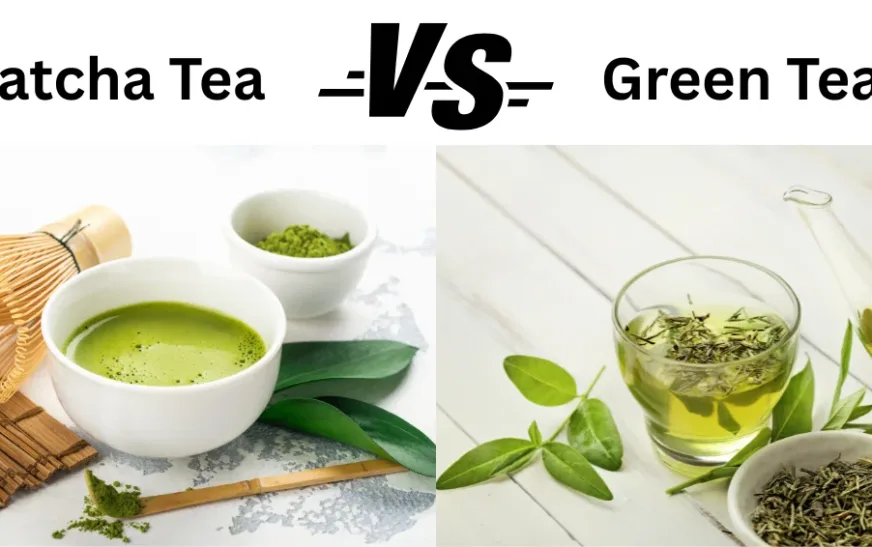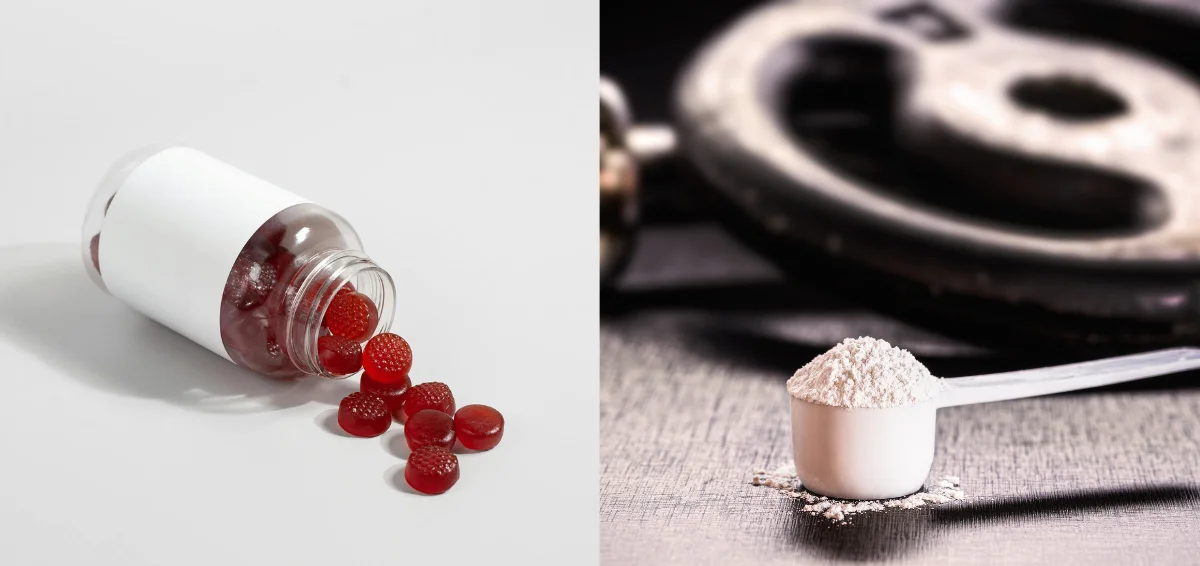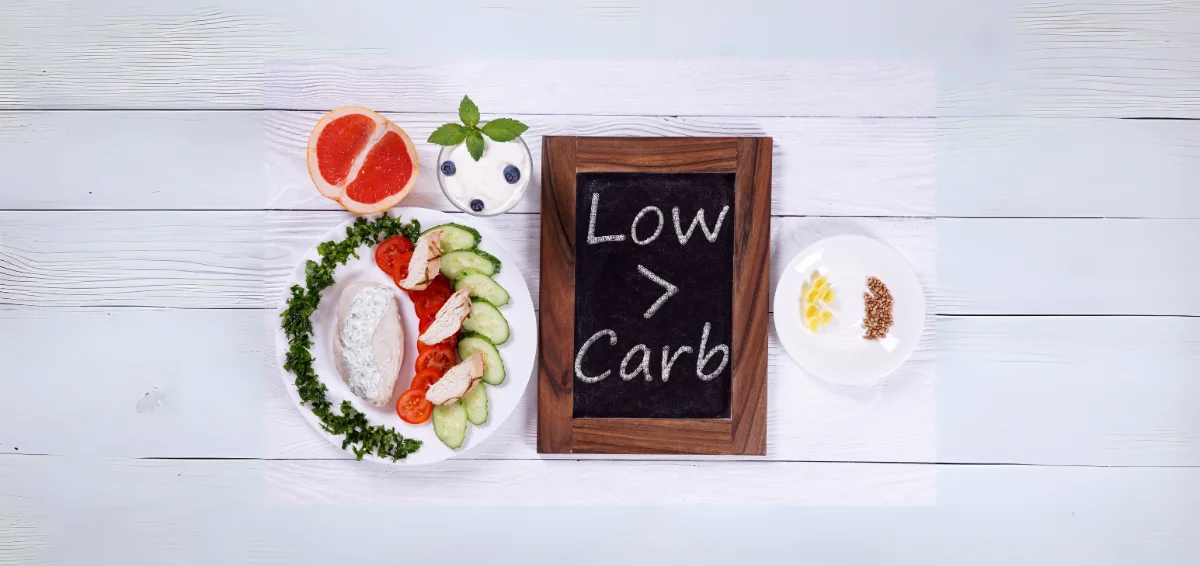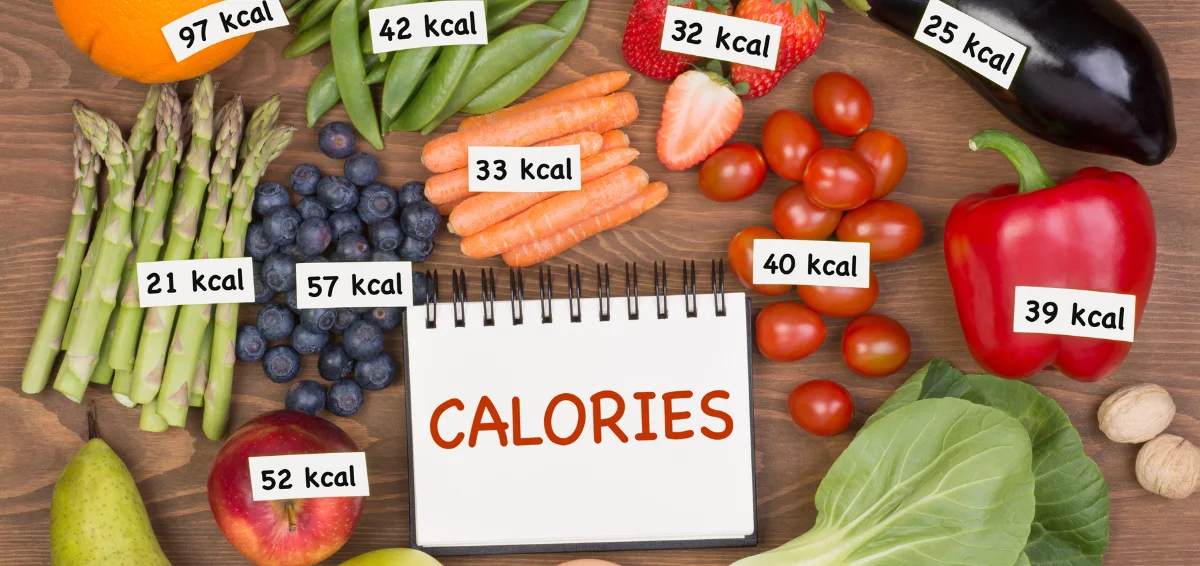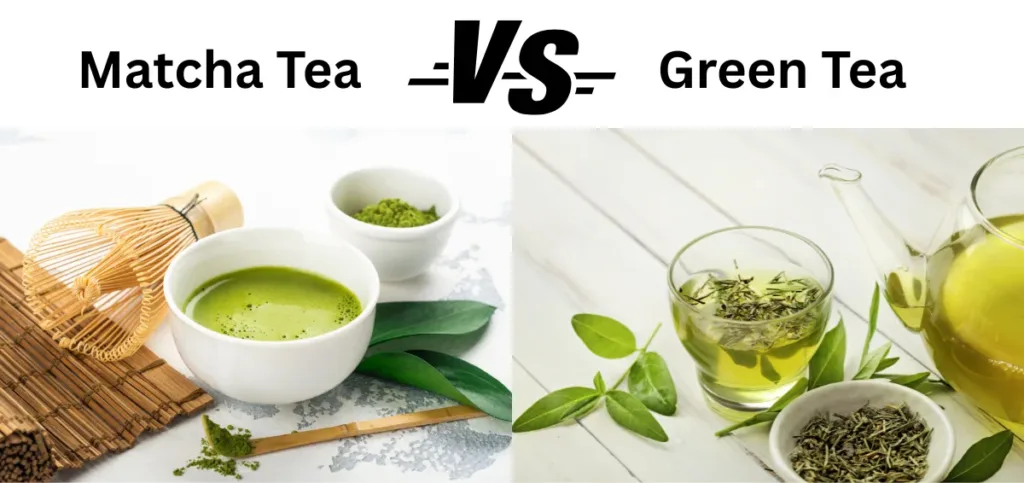
Matcha and green tea have recently become famous, and people across the globe consume them. But do you know that both beverages originated in Japan, and now everyone is enjoying their distinct flavours and health benefits? According to a report, the global green tea market was valued at $17.33 billion in the year 2024, and the global matcha market is projected to surpass $5.5 billion by 2027.
You will be surprised that these beverages come from the same plant, Camellia sinensis. But how? Well, they differentiate based on their production and consumption. Let’s dig deeper and understand the processes of making these teas and what makes them different.
What is green tea?
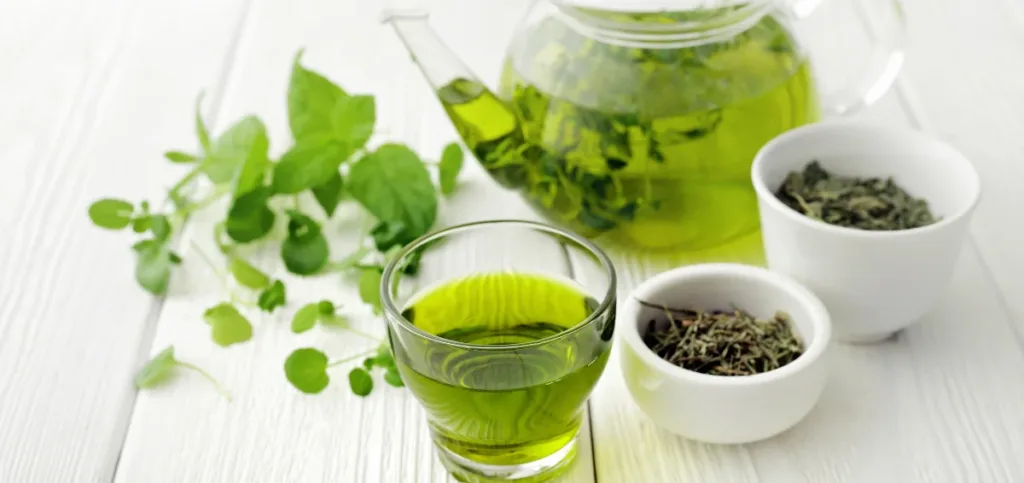
Green tea is made from the leaves and buds of Camellia sinensis. It is a plant that has undergone minimal oxidation during processing. Green tea is one of the least processed teas, leading to a higher retention of antioxidants and beneficial polyphenols such as catechins.
People in East Asia have been consuming green tea for centuries because of its medicinal properties. It contains a moderate amount of caffeine and an amino acid called L-theanine, which keeps you alert and gives you mental clarity without overstimulation. People usually describe green tea as fresh and grassy; however, the flavor of green tea can vary.
Read Also: Cranberry Juice and Apple Cider Vinegar for Weight Loss Reviews
Health Benefits of Green Tea
- Green tea is known for its numerous health benefits because it contains antioxidants and bioactive compounds. It also contains Catechins, Caffeine, L-theanine, Theobromine, Theophylline, Quercetin, and Chlorophyll, along with vitamin C, B vitamins, Magnesium, potassium, and manganese.
- These compounds keep you steady and give you energy with a sense of calmness. Here are some other health benefits of green tea:
- Caffeine and L-theanine in green tea keep you calm and focused. It improves your attention, reaction time, and memory.
- Regular consumption of green tea keeps your blood pressure balanced, reduces your cholesterol levels, and improves your cardiovascular system.
- It is even proven to boost metabolic rate and burn fat, especially if you take it daily as part of your diet and exercise.
- Green tea also improves your insulin levels and lowers blood sugar levels.
What is matcha tea?
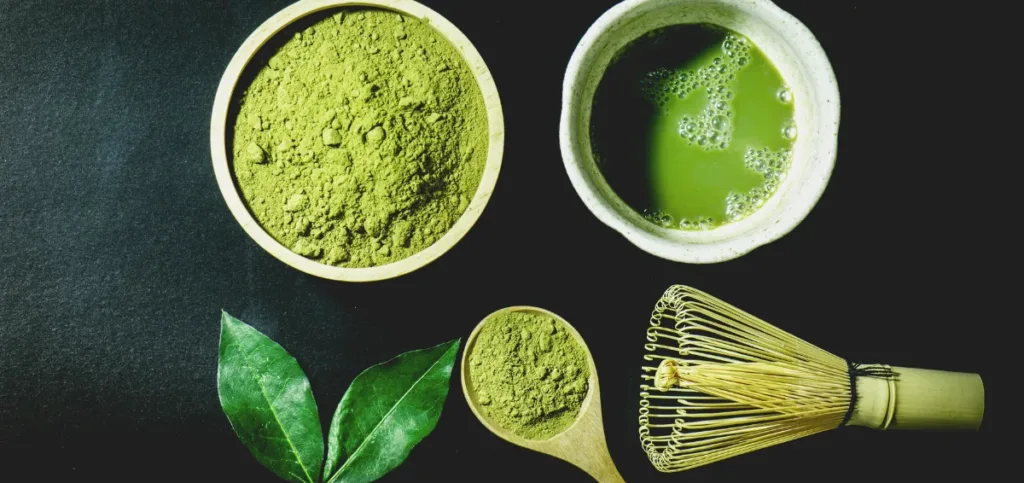
Matcha tea is a finely ground powder made from the Camellia sinensis processed leaves. The tea became popular for its traditional use in Japanese ceremonies. Unlike our regular tea, where we discard the tea leaves, in matcha tea, you consume the entire leaf in powdered form. This is what maintains the nutrients in the beverage.
Like green tea, matcha tea is also rich in antioxidants and contains L-theanine. These are the compounds that keep us relaxed and alert. It also has a moderate amount of caffeine to keep us energized. The process of making matcha tea starts with the shading. The matcha plants are shaded from sunlight and take 3 to 4 weeks to harvest. The process increases chlorophyll production, giving it that green color.
Health Benefits of Matcha Tea
When you drink matcha, you are consuming the entire leaf, which is why matcha has a relatively stronger effect. Matcha also has compounds like catechins, L-Theanine, caffeine, theobromine, quercetin, rutin, chlorophyll, vitamin A, vitamin C, B-complex, vitamin K, calcium, potassium, and iron. You see, most of the ingredients are similar to green tea; matcha is just more concentrated with them. Here are some of the health benefits of consuming matcha:
- The caffeine and L-theanine in matcha give you a sense of calmness and keep you focused. At the same time, it enhances alertness, attention span, and memory.
- Since the match is rich in chlorophyll due to shading, it removes heavy metals and toxins from the body and is a natural detoxification.
- Daily consumption of matcha tea also helps lower cholesterol, reduce triglyceride levels, and improve overall blood vessel functioning.
- Matcha increases fat oxidation in your body. It is a process in which the body burns fat to generate energy, which can help in weight management.
Read Also: Cold Brew vs. Iced Coffee
Key Differences Between Matcha and Green Tea
As mentioned above, green and matcha tea come from the same plant, but that’s the only similarity. Here are some factors that differentiate matcha from green tea:
| Feature | Matcha | Green Tea |
| Form of consumption | You usually buy fine powder made from whole leaves from the market | You get loose leaves or tea bags. |
| Preparation | You take a spoonful of matcha powder, add some water, and whisk it. | Add the tea bag to warm water, wait a few seconds, and drink it. |
| Cultivation | Matcha leaves are grown in the shade for approximately three weeks before harvest. | Green tea is grown directly in sunlight. |
| Caffeine content | The caffeine content is higher as you consume the entire leaf. | The caffeine level is low as you only consume the infusion. |
| L-theanine content | The L-theanine content is higher due to shade-grown cultivation methods. | The L-theanine content is lower compared to matcha. |
| EGCG Antioxidant Content | Up to 137 times more than regular green tea. | Present in a relatively smaller amount. |
| Taste | Rich, creamy, and slightly bitter. | Light, grassy, and slightly bitter. |
Which One Should You Choose?
Matcha seems the obvious choice as it is rich in concentrated nutrients that give you more energy and boost your focus. But that doesn’t mean matcha is right for you. The high caffeine level in matcha might harm you, and you may feel overstimulated. Hence, green tea would be a great option for you. Choosing between matcha and green tea is all based on your goals, taste preferences, and sensitivity to caffeine.
Frequently Asked Questions
Which is better, green tea or matcha?
Both beverages have their own benefits and do wonders for you. Matcha is for you if your priority is antioxidant intake and nutrient density.
Is it OK to drink matcha green tea every day?
Yes, it is ok to drink matcha green tea every day, but in moderation.
Can matcha replace green tea?
Matcha is a concentrated form of green tea. Whether to replace it with green tea depends on your health goals and taste.

